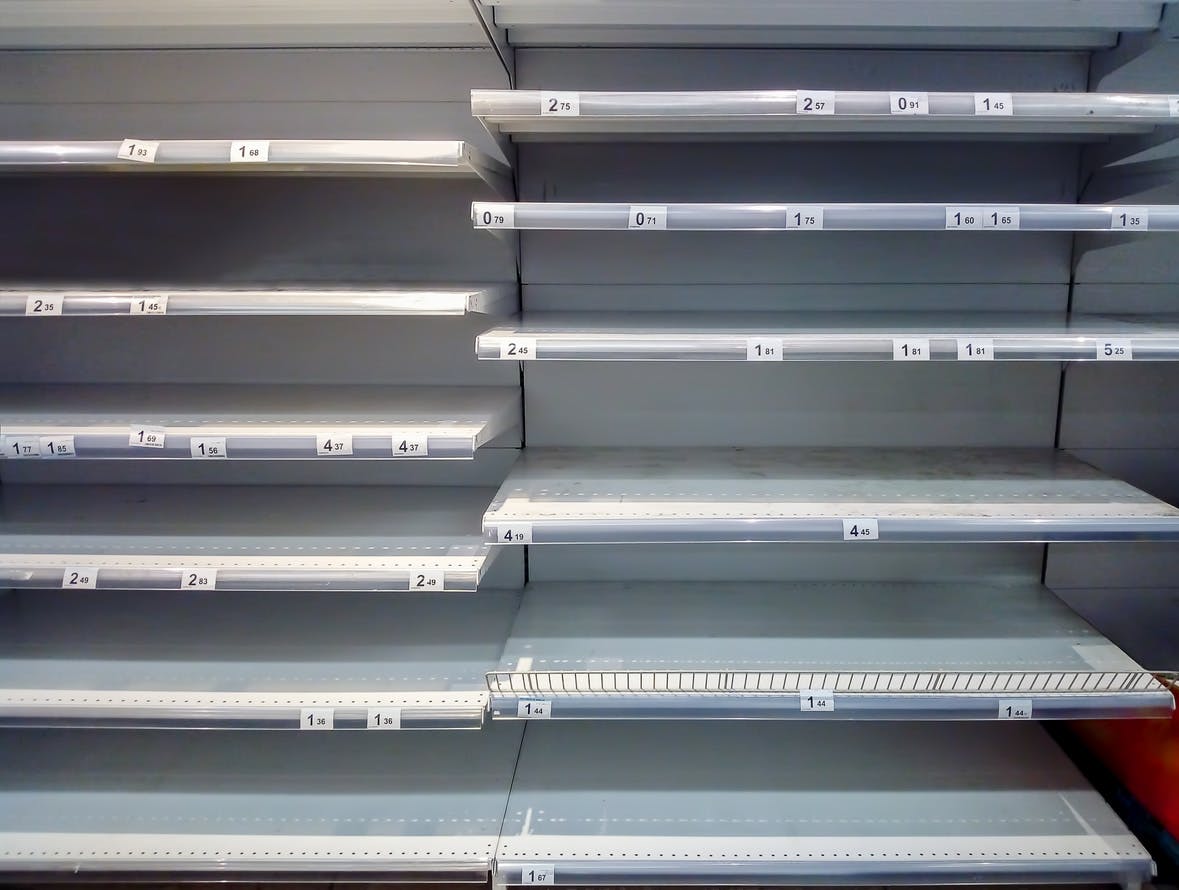March 25, 2020
National emergencies and crises like COVID-19 rely on supply chains to deliver groceries and medical supplies to communities across the globe, but they also have a demonstrable disruptive effect. The demand spike for some goods leaves certain manufacturers and retailers scrambling to keep up, while others aren’t able to ship out inventory at all as e-tailer resources are rerouted toward emergency supplies. How do you prepare your supply chain for events that you can’t forecast? Major supply chain disruptions aren’t limited to global pandemics -- natural disasters like hurricanes and wildfires shut down ports and roads and displace logistics workers. Inventory replenishment becomes a challenge as a result and you risk not being able to fulfill customer orders or reorder from the manufacturer. So how do you prevent inventory stockouts when your demand forecasting didn’t allow for an event like COVID-19? Build a network of forward stocking locations and use your supply chain’s historical inventory data to make decisions.
1. Connect your software systems
In the event of a supply chain emergency, you need to be able to act quickly and flexibly, which means knowing exactly what your inventory levels are in every location. Connect your enterprise resource platform, warehouse management system, transportation management system and inventory management system so you have real-time visibility into your supply chain network. You need to know what inventory counts look like across all of your facilities in real-time, so you're able to get orders to customers as soon as possible without gathering multiple spreadsheets or calling warehouses for counts.
2. Use supply chain data to identify demand trends
Know how demand varies per geographic region based on historical sales data and determine what ideal stock levels should be accordingly. What SKUs sell out the fastest in that region? Make sure your safety stock is made up of those SKUs, so you don’t risk sacrificing customer satisfaction or losing potential sales because products are on backorder or OOS (out of stock). Causes of stock-outs aren't just limited to unforecastable demand changes either; stock-outs may also be a symptom of inefficient transportation lanes, a lack of raw materials or a delayed inventory management system. Supply chain data analysis helps identify the root cause of consistent stockouts and any supporting factors.
3. Access a flexible supply chain network
Emergency events require urgency -- there usually isn’t much lead time to prepare. Retain the ability to move quickly by tapping into flexible warehousing solutions so you can avoid long contracts and capacity commitments. Connecting supply chain software to new warehouse locations tends to require significant time, IT resources, and additional cash flow, so consider using a partner like Stord that requires a one-time integration to make launching new locations seamless.
4. Expand or build your forward stocking locations
Store inventory closer to your customers with forward stocking locations (FSLs), smaller-scale warehouses designed to ship the SKUs the geographically-close customers are buying. Use your real-time supply chain data to identify which SKUs need safety stock in which FSLs, so a sudden increase in demand doesn’t mean unfulfilled orders. To learn more about how to avoid stockouts during events like COVID-19, contact us at: https://www.stord.com/get-started




